So, how do I get a patent?
This is the most common question I receive when consulting inventors. So let me give you a quick patent process 101.
- You, the inventor create a product or method that no one else has created before (that they know of).
- You consult a patent attorney to discuss the invention under a non-disclosure agreement or signed engagement letter. Note – do not share the details of your invention with anyone including a lawyer, unless you have a document protecting your invention from public disclosure (more on that in another blog).
- The attorney may perform a patentability search to determine the viability of your invention. Note, the USPTO Examiner performs their own patentability search.
- The attorney begins drafting the patent application (and drawings).
- You and the attorney agree on the final finished product. That is, does the application describe your invention as you envisioned?
- Attorney files the approved patent application with the USPTO.
- About two weeks later, the USPTO sends a filing receipt. At this point, you may advertise your invention as “patent pending.”
- Within six months to a little over a year, the USPTO examiner will review your patent application to see if it meets all of the legal requirements. The examiner will then determine if the invention is novel and inventive.
- If the invention is novel and inventive the examiner will issue a “notice of allowance”. This means that your invention will become a patent (once the issue fee is paid). If the examiner does not find your invention novel and inventive, the examiner will issue an office action.
- Attorney will review the office action and consult with you on the best way to respond to the office action.
- The attorney files a response. Think of it like a lawsuit where both sides make legal arguments over the viability of the patent application.
- Two things can occur at this stage. 1) The examiner agrees with the response and issues a notice of allowance or 2) disagrees and issues a final office action. If the examiners issues a final office action, then you have the option to respond, reopen prosecution (start all over again), or appeal.
Note, the patent process can take some time. So, please make sure you hire an experience patent attorney to help you through the process.
Schedule a free consultation if you have any questions.

